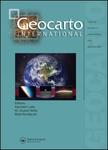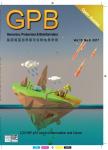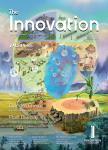版权所有:内蒙古大学图书馆 技术提供:维普资讯• 智图
内蒙古自治区呼和浩特市赛罕区大学西街235号 邮编: 010021
T=题名(书名、题名),A=作者(责任者),K=主题词,P=出版物名称,PU=出版社名称,O=机构(作者单位、学位授予单位、专利申请人),L=中图分类号,C=学科分类号,U=全部字段,Y=年(出版发行年、学位年度、标准发布年)
AND代表“并且”;OR代表“或者”;NOT代表“不包含”;(注意必须大写,运算符两边需空一格)
范例一:(K=图书馆学 OR K=情报学) AND A=范并思 AND Y=1982-2016
范例二:P=计算机应用与软件 AND (U=C++ OR U=Basic) NOT K=Visual AND Y=2011-2016

Self-driving cars in mountainous terrain have many critical applications. For example, autonomous off-road vehicles for rescue and exploration, self-driving trucks for the mining industries, and autonomous shuttle services for remote resorts. Training autonomous vehicles in these environments has many challenges compared to urban or highway environments. These challenges include steep slopes, winding roads, and off-road obstacles. This research presents a new reinforcement learning model to drive in this complex environment. The model explores the effect of using fewer sensors for performance enhancement and cost-effectiveness in this environment. These sensors are RADAR, IMU, and GPS. Unity Engine with ML Agent is used as a simulator for training, as it provides a virtual environment for efficient and safe driving. The selected sensors facilitate a seamless knowledge transfer from the simulator to a real vehicle. They also provide sufficient information for measuring road gradient and angle between successive lane segments. A new reward system is designed based on the Proximal Policy Optimisation (PPO) algorithm with Behavioural Cloning (BC). The experimental findings suggest that the proposed model can navigate mountainous terrain safely and efficiently while avoiding collisions and staying in the correct lane. The model achieved a low total collision rate of approximately 0.04 collisions per obstacle, a lane exit rate of 0.014, maintained an average speed of 22 km/h, and a maximum speed of 48 km/h in complex simulated environments.



电话和邮箱必须正确填写,我们会与您联系确认。
版权所有:内蒙古大学图书馆 技术提供:维普资讯• 智图
内蒙古自治区呼和浩特市赛罕区大学西街235号 邮编: 010021

暂无评论